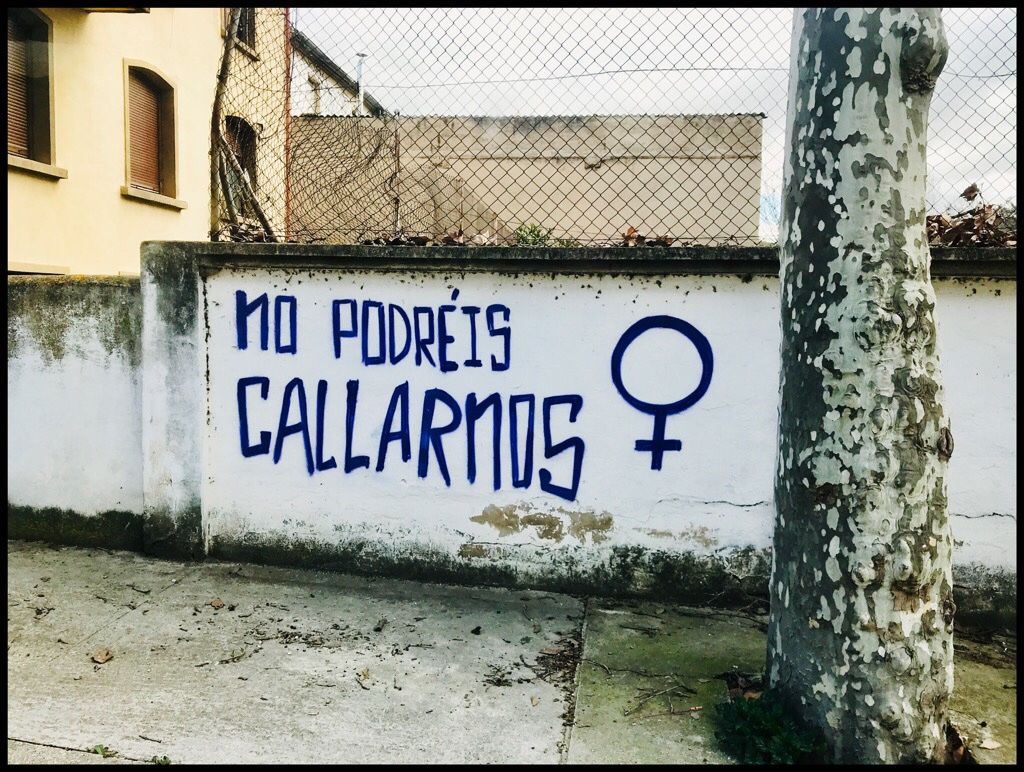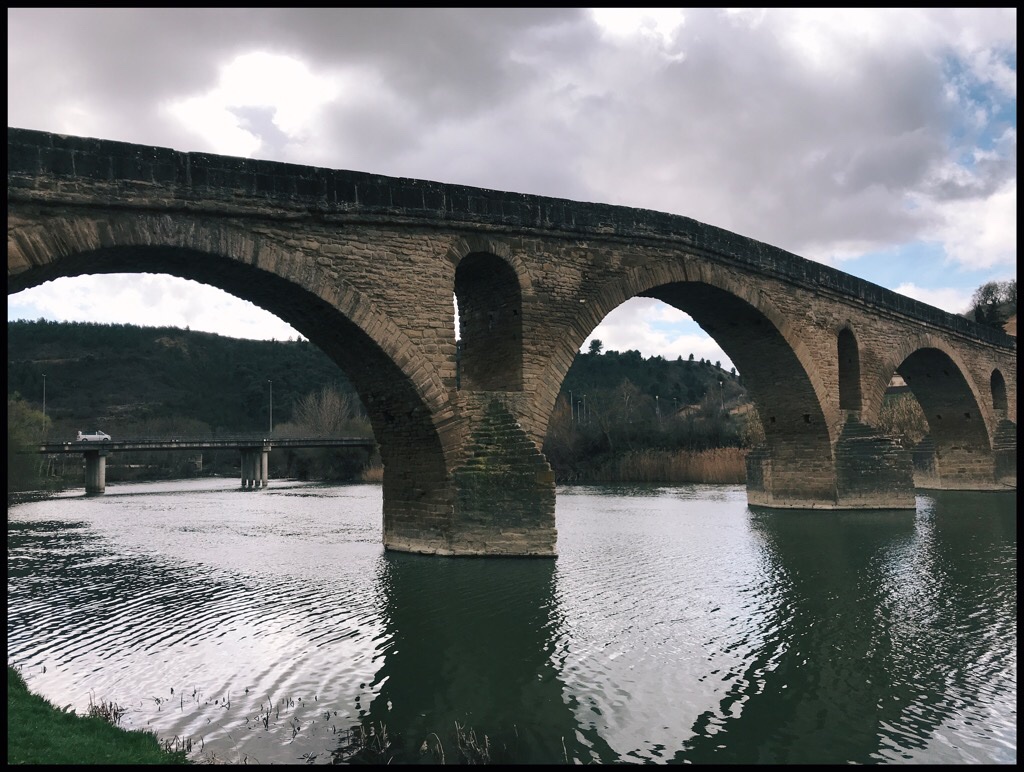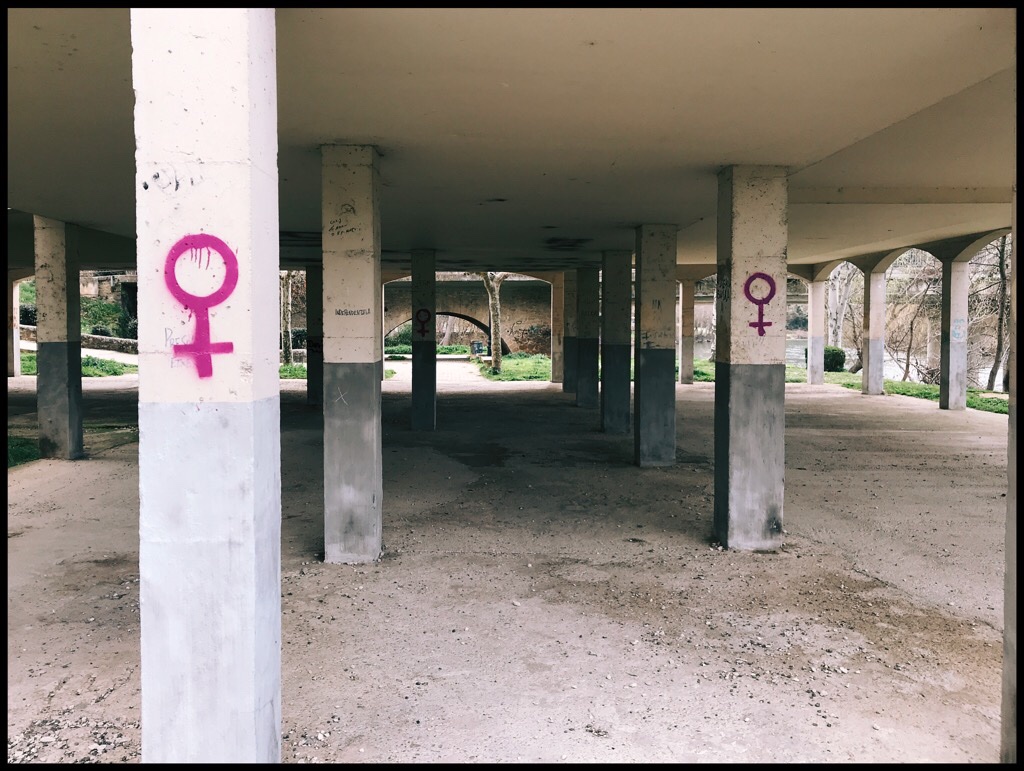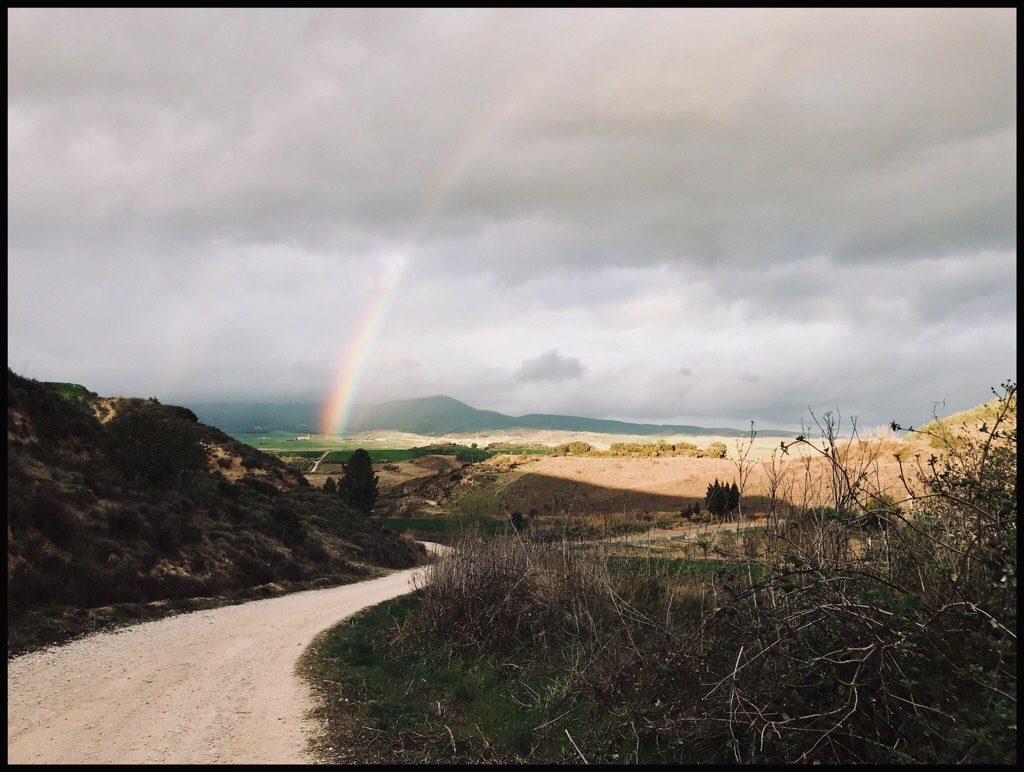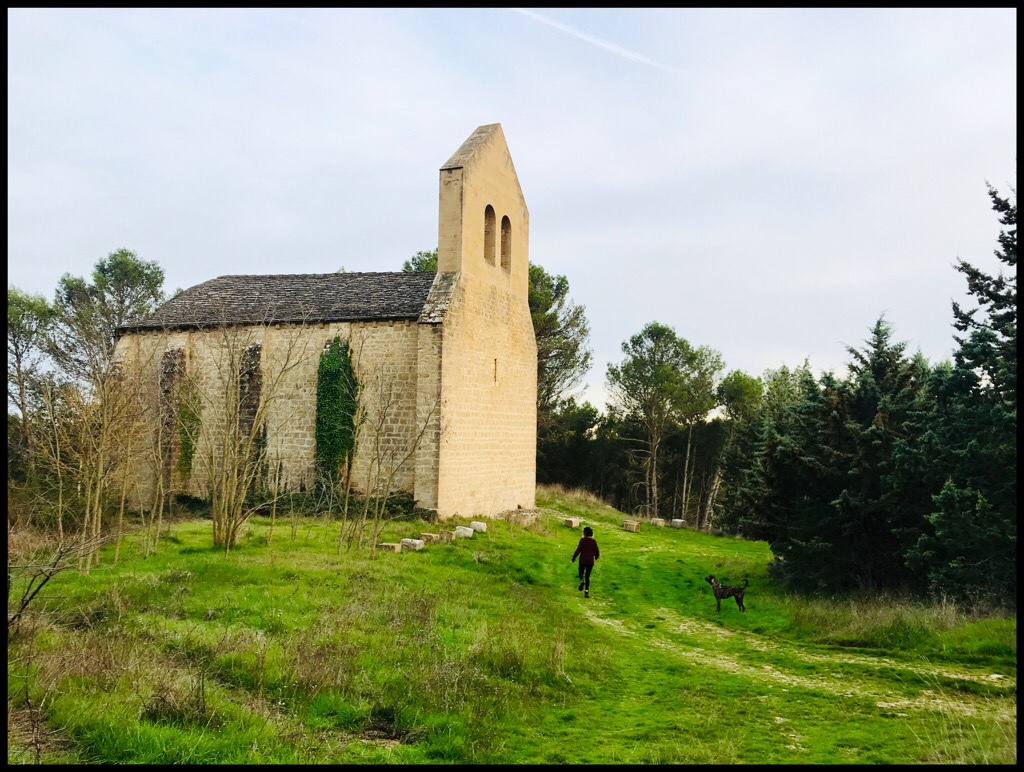Whenever we drive through a town, I can’t help but imagine ourselves living there for a moment. Is this the place we will come back to after our wandering?
The farming communities on the border of Navarra and Aquitaine are picturesque; big and broad homes with white walls and wood trim painted in green or red. Sometimes there is a flock of sheep and a small garden close to the side. This is the Basque heartland, and it is like a fairytale.
We stopped in Elizondo, in Baztan Valley two days ago and walked around a bit before finding a hiking trail and a camping spot on a nearby hill. Yesterday, we drove further north toward the border to Zugarramurdi. The caves of Zugarramurdi are where pagan rituals were organized, and the Spanish Inquisition accused 300 townspeople of being witches around 1610.
We then crossed the border into France. After so many border towns in West Africa and South America, this was a little surreal. No gate, no customs, no Spanish or French authorities, nothing. Welcome to Schengen Area.
Now it’s time for us to remember all the French we’ve forgotten since leaving Mauritania. À la prochaine fois!
